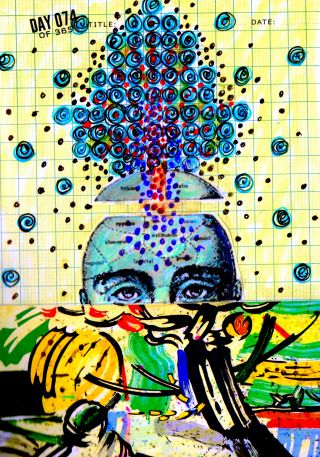Film – Rambo
John Rambo est un héros de la Guerre du Vietnam errant de ville en ville à la recherche de ses anciens compagnons d’armes.
Alors qu’il s’apprête à traverser une petite ville pour s’y restaurer, le Shérif Will Teasle l’arrête pour vagabondage. Emprisonné et maltraité par des policiers abusifs, Rambo devient fou furieux et s’enfuit dans les bois après avoir blessé de nombreux agents.
- Titre original : First Blood
- Titre français : Rambo
- Titre québécois : Rambo : Le Dévastateur
- Réalisation : Ted Kotcheff
- Scénario : David Kozoll, William Sackheim, Sylvester Stallone, d’après le roman Rambo de David Morrell
 France :
France : - Film interdit aux moins de 12 ans lors de sa sortie en salles en France et classé R aux États-Unis
- Sylvester Stallone (VF : Alain Dorval) : John Rambo
- Richard Crenna (VF : Gabriel Cattand) : Colonel Samuel Trautman
- Brian Dennehy (VF : Marc de Georgi) : Shérif Will Teasle
Qu’est-ce que le l’état de syndrome post-traumatique
Le syndrome de répétition se décline souvent sous forme de “souvenir forcé”, d’idéesobsédantes, d’un besoin de parler de l’événement ou d’y revenir souvent. Certains patients expriment le besoin d’assister à des spectacles violents pour canaliser cette énergie (le filmRambo offre un bon exemple d’ESPT).Les symptômes physiques ne sont pas spécifiques : fatigue confinant à l’asthénie (y compris sexuelle), anxiété diffuse, réactions émotionnelles exagérées et, bien sûr, état dépressif.
De nombreuses publications ont insisté sur la fréquence des affections somatiques découvertes dans les suites de traumatismes violents (hypertension artérielle, ulcère gastrique, asthme, etc.).Cette non-spécificité se retrouve sur le plan comportemental, en particulier au niveau des évitements phobiques, qu’il s’agisse de la scène initiale ou des lieux la rappelant. Toute la panoplie des troubles des conduites a été observée : crises de larmes, conduites auto ou hétéro-agressives, fugues, troubles du contrôle des impulsions, alcoolisme, délinquance.On peut ainsi distinguer les réactions aiguës de stress, qui se produiront dans les heures et les jours suivant le traumatisme, des états de stress post-traumatique proprement dits. Le DSM IV l’a bien compris, séparant nettement les deux états.La clinique des ESPT s’observe des semaines ou des mois après l’agression : l’état de choc qui suit l’événement ne constitue pas l’ESPT !

